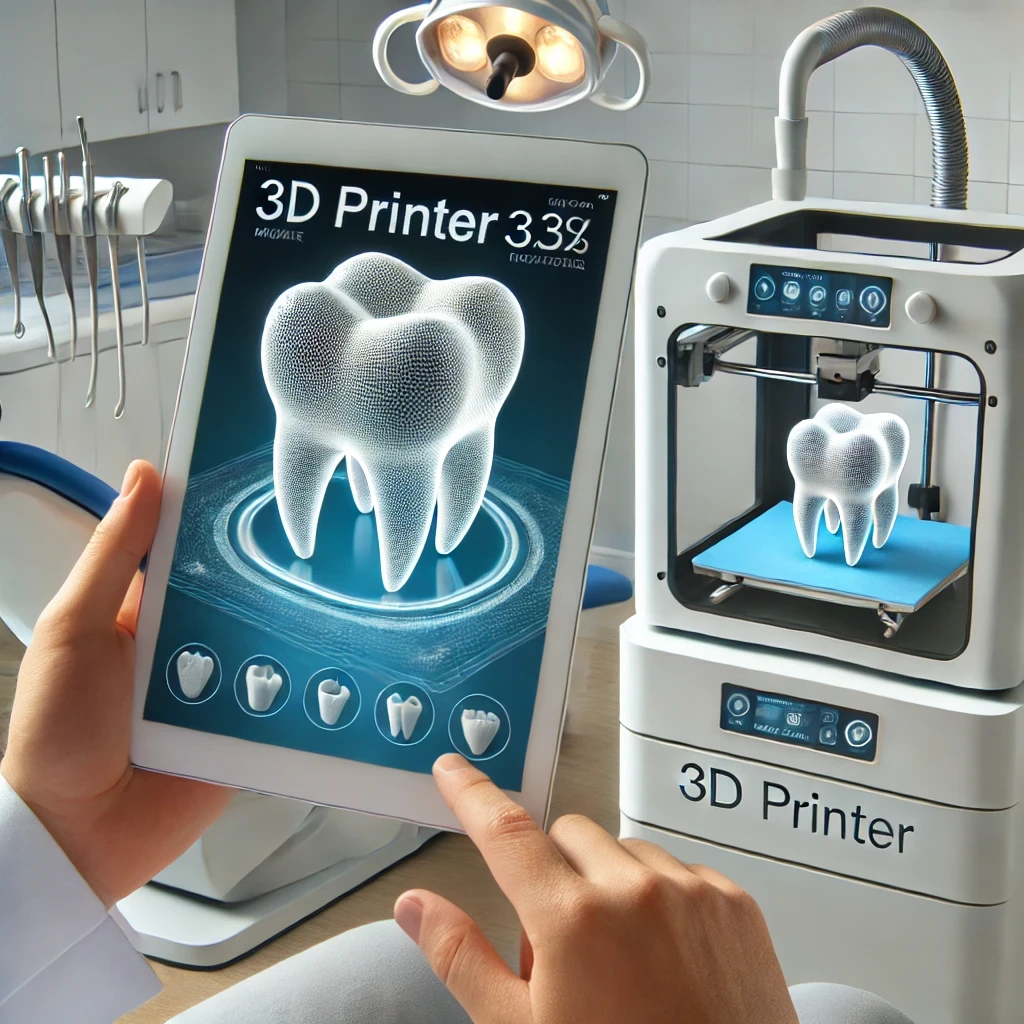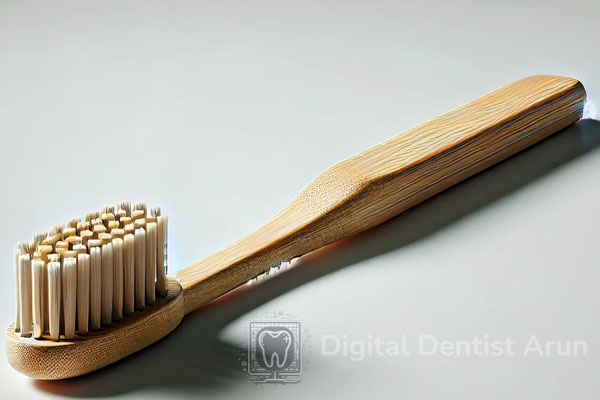The world of dentistry has seen remarkable advancements in recent years, and one of the most significant innovations is the rise of intraoral scanners. Traditional dental impressions, often associated with discomfort and inconvenience, are quickly being replaced by digital impressions through intraoral scanning technology. This cutting-edge approach provides greater accuracy, faster treatment times, and a much more comfortable experience for patients.
In this article, we’ll dive into what intraoral scanners are, how they work, and why they’re revolutionizing the field of dentistry. We will also explore the benefits they bring to both dentists and patients, solidifying their position as the future of dental treatments.
What Are Intraoral Scanners?
Intraoral scanners are handheld devices used by dentists to capture highly detailed, three-dimensional (3D) images of a patient’s teeth and oral structures. These scanners use a wand-like tool equipped with a tiny camera and light source to digitally map the inside of the mouth. Instead of using messy, uncomfortable impression materials, these devices create a precise digital representation of the patient’s teeth and gums within minutes.
The resulting 3D digital impressions can then be used for a variety of dental treatments, including crowns, bridges, implants, orthodontics, and more. This digital data is also easily shared with dental laboratories, speeding up the production of prosthetics and other dental devices.
How Do Intraoral Scanners Work?
The scanning process begins with the dentist or dental hygienist positioning the scanner inside the patient’s mouth. As the device is moved across the teeth, the camera captures thousands of images per second, which are instantly processed and stitched together to create a complete 3D model of the dental structure.
Many intraoral scanners are equipped with real-time feedback features, allowing the dentist to view the scan as it is being captured. This ensures that the data is complete and accurate, eliminating the need for repeated impressions. The entire process takes only a few minutes and is non-invasive, making it highly preferable for patients who may have had negative experiences with traditional impression methods.
The Benefits of Intraoral Scanners
1. Enhanced Accuracy
One of the most significant advantages of intraoral scanners is the level of accuracy they provide. Traditional impression materials can sometimes distort or shrink, leading to inaccurate molds. This can result in ill-fitting restorations like crowns or bridges, which may need to be adjusted or even remade.
With digital impressions, the margin for error is drastically reduced. The precise 3D images captured by intraoral scanners ensure that dental restorations fit perfectly, improving the overall success rate of treatments and patient satisfaction.
2. Improved Patient Comfort
Anyone who has ever undergone traditional dental impressions knows how uncomfortable the process can be. Patients often have to endure large trays filled with sticky, putty-like material being pressed into their mouths. This process can trigger gag reflexes, cause discomfort, and, in some cases, anxiety.
Intraoral scanners, on the other hand, eliminate these discomforts entirely. Patients can sit back and relax while the dentist scans their teeth with a small, non-invasive device. The entire process is quick, comfortable, and free from any unpleasant materials, making it an excellent option for children and adults alike.
3. Faster Treatment Times
Digital impressions significantly speed up the dental treatment process. In the past, traditional impressions had to be physically shipped to dental labs, where technicians would manually create the necessary dental restorations. This could take days, if not weeks.
With intraoral scanners, digital impressions can be sent to dental labs electronically in real time. This cuts down on waiting periods, allowing dentists to complete treatments faster and with greater efficiency. In some cases, same-day treatments are possible, especially for procedures like crowns or veneers that can be milled in-office using CAD/CAM technology.
4. Eco-Friendly Dentistry
The use of intraoral scanners aligns with the growing demand for sustainable and eco-friendly practices in dentistry. Traditional impression materials often contribute to waste in dental offices, as they are single-use and must be disposed of after each patient. By switching to digital impressions, dental practices can significantly reduce their reliance on disposable materials, leading to a more environmentally friendly approach.
5. Better Communication with Patients
Intraoral scanners also enhance communication between dentists and patients. The 3D digital models generated by the scanner can be displayed on a screen, allowing the dentist to visually explain the patient’s dental condition and proposed treatment plan. This improved communication can help patients better understand their oral health and make informed decisions about their treatment.
Intraoral Scanners and the Future of Dentistry
As dental technology continues to advance, intraoral scanners are becoming an integral part of modern dental practices. They offer benefits that extend far beyond just improving comfort and accuracy. Dentists who adopt this technology are positioning themselves at the forefront of the industry, providing higher-quality care and streamlining the treatment process.
Moreover, intraoral scanners are being increasingly integrated with other digital dentistry technologies, such as 3D printers and CAD/CAM systems. This creates a fully digital workflow that allows dentists to design and fabricate restorations with incredible precision and speed. As these technologies continue to evolve, the possibilities for more advanced, personalized dental care will only grow.
Conclusion
Intraoral scanners represent a major leap forward in the field of dentistry. By replacing traditional impression methods with digital accuracy, they offer improved patient experiences, faster treatment times, and better results. As this technology becomes more widespread, it will undoubtedly play a key role in shaping the future of dental care.
For dentists, investing in intraoral scanners not only improves practice efficiency but also enhances patient trust and satisfaction. For patients, it means a more comfortable, less invasive visit to the dentist, with faster and more accurate results.
The future of dentistry is here, and it’s digital. Intraoral scanners are leading the charge, making dental treatments more effective, precise, and patient-friendly than ever before.

